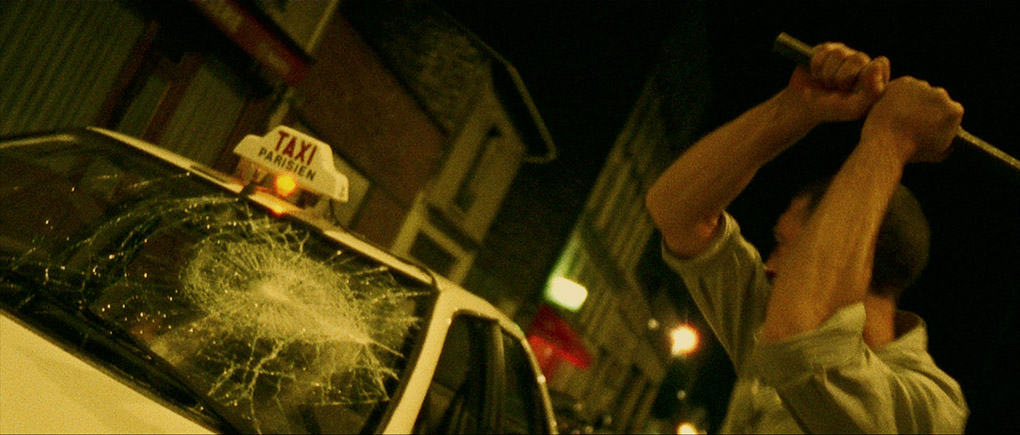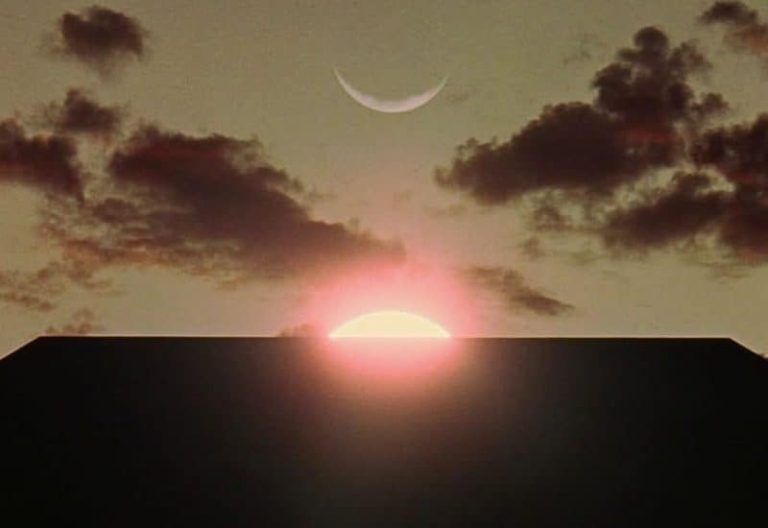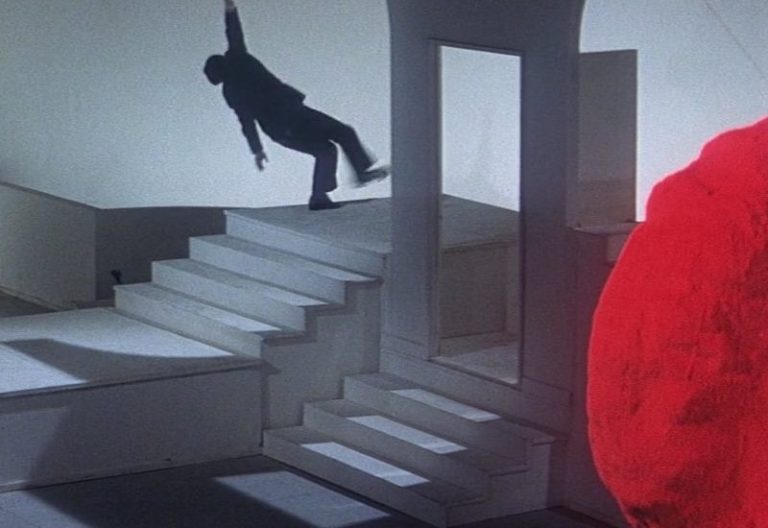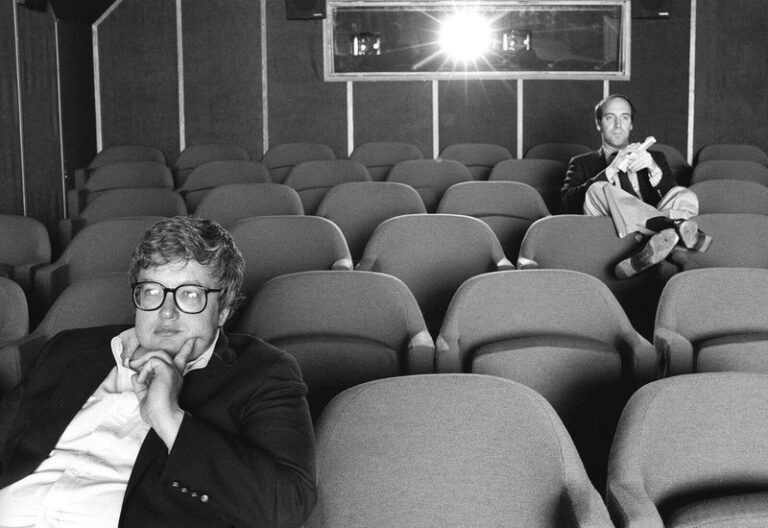new extremity
est. late 1990s – now
Cinema as an art form, has the unique ability to challenge societal norms, push the boundaries of storytelling and provoke intense emotions. One of the most striking and controversial film movements to have emerged is New Extremity. Characterized by its exploration of the darkest aspects of the human experience, this movement seeks to shock, disturb and challenge.
Published by: CinemaWaves Team | Filed Under: Film Movements
Origins of New Extremity
New Extremity, also known as New French Extremity, is a relatively modern film movement that emerged in the late 20th and early 21st centuries, as a response to both the legacy of French cinema and the broader global trends in horror and transgressive filmmaking.
Started primarily in France, before spreading to other parts of Europe, it surfaced during a time of societal discontent and cultural shifts, with globalization, economic uncertainties, and political unrest fueling a sense of alienation. This shifting socio-political landscape laid the foundation for filmmakers to explore themes of violence, sexuality, and existential despair. The movement’s films became known for their graphic, unsettling scenes and their desire to confront the anxieties and taboos of modern life.
The directors of New French Extremity drew inspiration from a variety of international movements that had previously challenged conventional storytelling and embraced transgressive themes. Filmmakers such as David Lynch, known for his surrealist explorations of the subconscious, and David Cronenberg, famous for his body horror films, were significant influences on the movement. Italian giallo films, with their blend of horror, eroticism, and violence, also played a crucial role in shaping the aesthetic and thematic approaches of New French Extremity.
The term “New French Extremity” was coined by critic James Quandt in the early 2000s to describe this new wave of films that seemed to revel in pushing the limits of on-screen violence and discomfort.

Characteristics of New Extremity
New Extremity films are not solely defined by their graphic content, they also engage in deep thematic exploration and social commentary. The movement defies conventional storytelling techniques, opting for nonlinear narratives and fragmented plots. These films critique societal norms, while questioning moral and ethical boundaries.
Violence and morality: Many films in the movement examine the nature of violence and its impact on individuals and society, depicting violence in a way that forces viewers to confront its reality and consequences.
Sexuality and identity: The explicit portrayal of sexuality in these films serves to challenge conventional attitudes and explore complex issues of desire, sadomasochism and power dynamics.
Alienation and existentialism: Themes of alienation, existential despair, and the search for meaning are prevalent in New Extremity films. Characters often struggle with their inner turmoil, reflecting broader existential questions.

Important New Extremity Films and
Filmmakers
The most direct and highly impactful figure of the modern European extreme cinema is undeniably Michael Haneke, regarded as the godfather of New Extremity. Haneke’s movies, such as “Benny’s Video” (1992) and “The Piano Teacher” (2001), are widely recognized for their introspective exploration of violence. His work stands out for its contemplative and self-aware portrayal of violent themes within the narratives.
Known for his unflinching and immersive filmmaking style, Gaspar Noe‘s first film “I Stand Alone” (1998), is cited as a key work in the New Extremity movement. Its unflinching portrayal of a butcher’s descent into violence and madness set a new standard for graphic images and psychological intensity in French cinema. His second film “Irreversible” (2002), with its non-linear narrative and graphic depictions of violence and rape, caused a sensation at the Cannes Film Festival, shocking audiences and garnering both praise and criticism.
Catherine Breillat is renowned for her explicit and confrontational approach to sexuality and relationships. Her films, such as “Romance” (1999), and “Fat Girl” (2001), explore taboo subjects with a focus on the psychological and emotional aspects of transgressive behavior. Her work combines explicit content with psychological insight, delving into the complexities of human desire and the darker aspects of intimate relationships.


Controversy and Legacy of New Extremity
New Extremity films are surrounded by controversies due to their provocative themes. While some critics praise the movement for its audacity and willingness to push boundaries, others condemn it for gratuitous violence and perceived nihilism. The controversy surrounding these films has sparked debates about the role of extreme content in cinema and the limitations of artistic expression. These debates usually center around the question of whether such films are necessary for challenging societal norms or if they merely exploit shock value for attention.
Moreover, the movement has contributed to a broader cultural conversation about the limits of free expression and the role of art in society. By confronting audiences with disturbing and often uncomfortable truths, New Extremity films compel viewers to grapple with complex issues such as violence, sexuality, and existential despair.
This has led to a deeper appreciation for the power of cinema to provoke thought and evoke strong emotional responses. Despite the controversy, the New Extremity movement has solidified its place in film history as a powerful force that continues to challenge and inspire.
Refer to the Listed Films for the recommended works associated with the movement. Also, check out the rest of the Film Movements on our website.
Or La Nouvelle Vague, is one of the most iconic and influential film movements in the history of cinema. Emerging in the late 1950s and flourishing throughout the 1960s…
In the late 1960s and throughout the 1970s, until mid 1980s, a cinematic revolution unfolded in Hollywood that would forever change the landscape of the film industry. American New..
The Japanese New Wave or Nuberu Bagu, as it’s known in Japan, represents a pivotal period in Japanese cinema, marked by a wave of artistic experimentation and…
Film criticism is an essential part of cinema, serving as a bridge between filmmakers and audiences. It focuses on analyzing, evaluating, and interpreting films, while providing…
Auteur theory is a critical framework in film studies that views the director as the primary creative force behind a film, often likened to an “author” of a book. This theory suggests…
Arthouse film refers to a category of cinema known for its artistic and experimental nature, usually produced outside the major film studio system. These films prioritize artistic…






